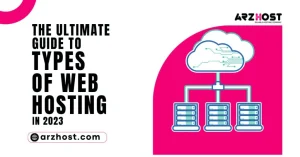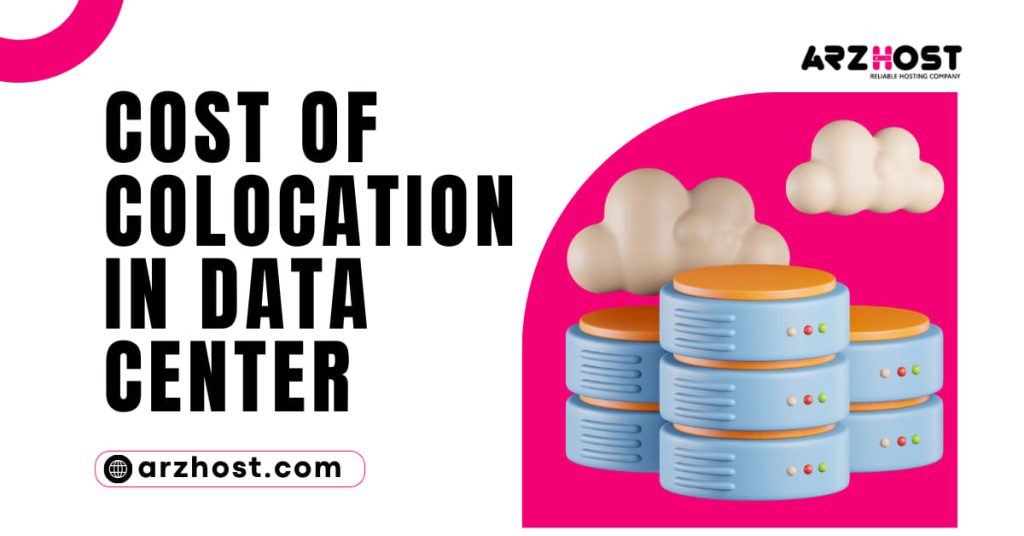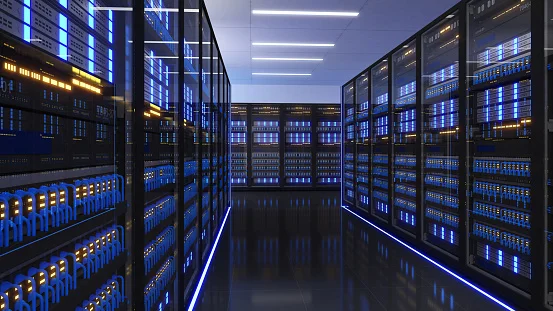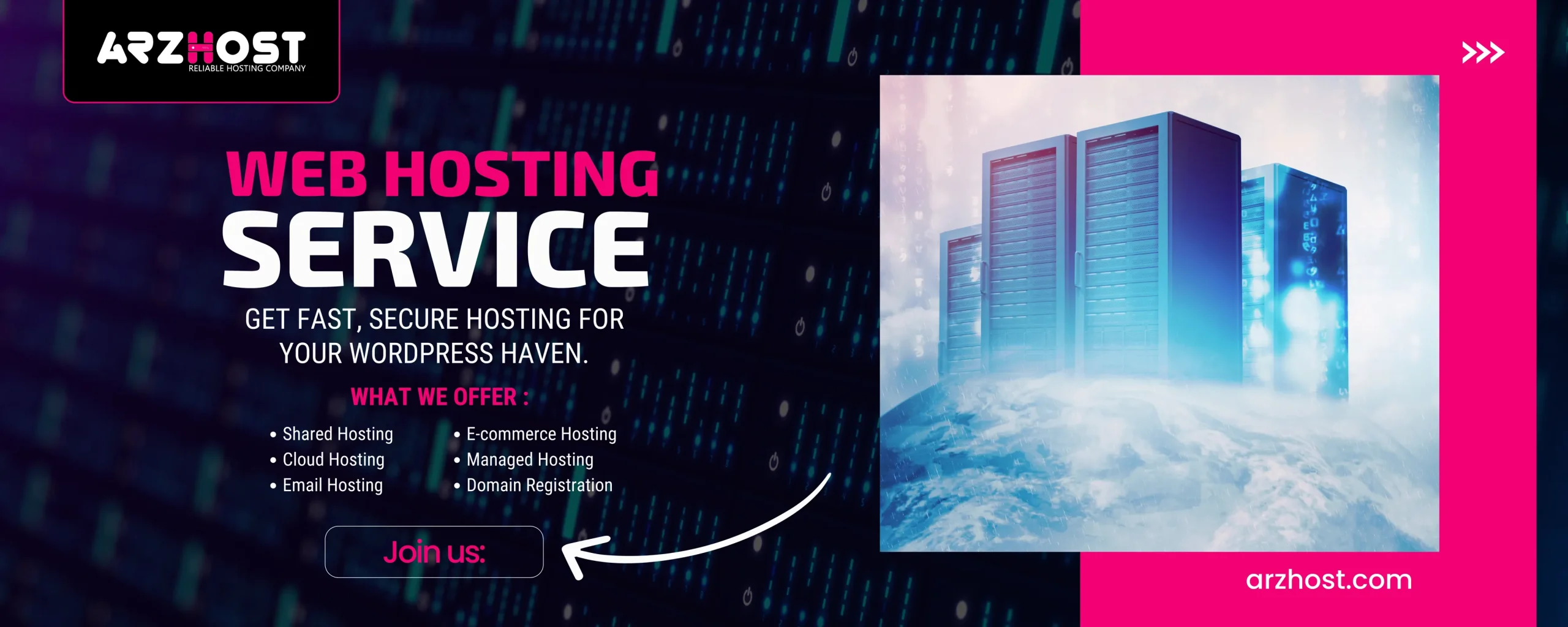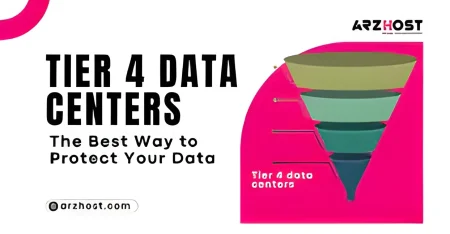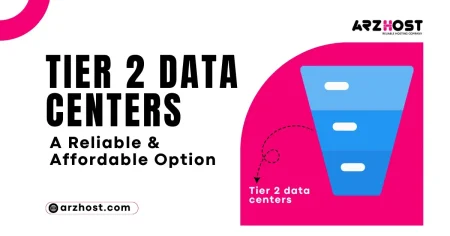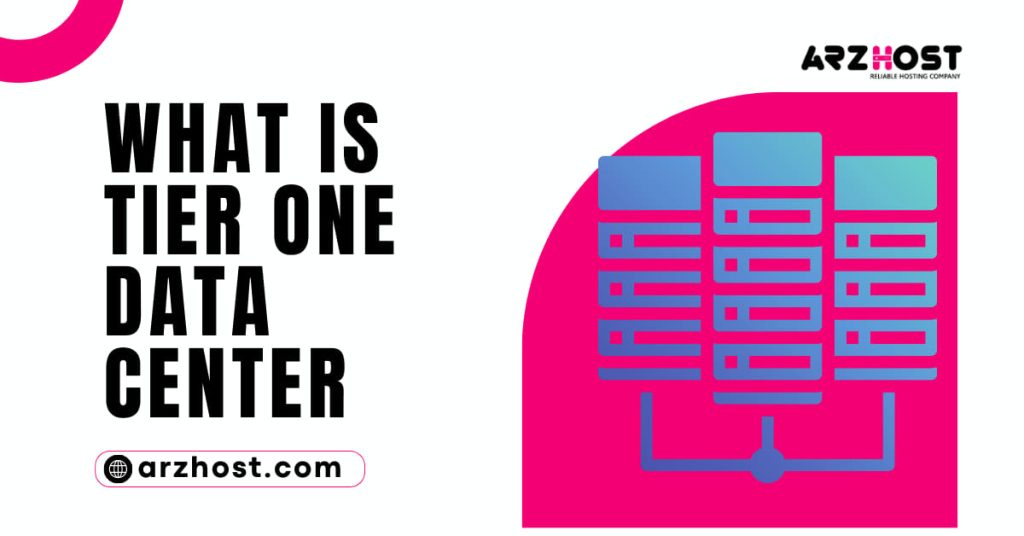To get the most affordable Cost of Colocation in Data Center, request a colocation quote.
Colocation may be the best choice for companies wishing to rent data centre space in order to achieve their business goals. But when choosing to collocate a server, there are a lot of practical factors to take into account as well as varied colocation costs to compare.
We will define colocation, discuss colocation pricing, and discuss which organizations stand to gain the most from collocating a server in this post.
What Is Colocation?
Colocation hosting, sometimes known as “colo“, is a service in which a company ships or drops off servers to a company like Arzhost, who then racks the servers in a secure data centre and connects them to power and networking.
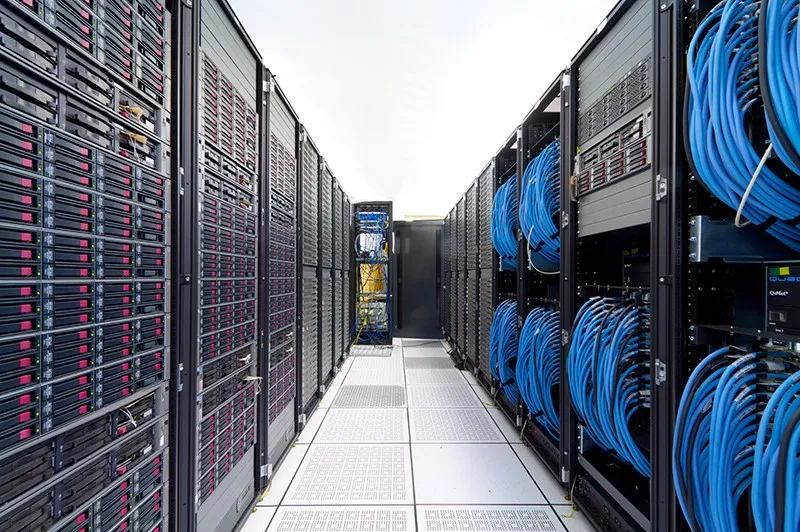
Colocation hosting offers companies a climate-controlled, safe location that is manned by technicians to handle any necessary physical server activities and is patrolled round-the-clock by security agents (remote hands).
To provide the most dependable server hosting environment, these facilities have redundant cooling, networking, and power systems.
Collocating vs. Renting a Server
Both leasing and collocating a server have advantages. Here is a few example of Cost of Colocation in Data Center:
Renting
- Free server hardware up front
- No need to replace any hardware
- 24-hour technical help is available.
- At any time, switch to a new server without having to pay for new hardware.
Collocating
- Availability of more specialized hardware
- Set up private networks and unique network setups on your own
- Keep servers in separate racks without allowing access to any other users.
- Purchase actual servers to use as a company asset.
Some businesses may prefer to spend the time and money to buy server hardware and collocate servers, depending on the particular hardware needs of the industry.
If a company doesn’t have specific hardware needs or constantly upgrades its servers, renting a server may make more sense financially.
Understanding Colocation Pricing
The most expensive market (Singapore) had colocation rates of $450 per kW, while the cheapest market (Chicago) had costs of $115 per kW, according to CBRE.
There are other elements that contribute to this wide price range, including the cost of power, supply availability, and market demand. Businesses seeking to maximize their data center operations must comprehend the intricate price structures of colocation services.
Here, we explore the main variables that affect colocation costs, offering a thorough analysis of space needs, power usage, bandwidth, redundancy, and other aspects.
How much does colocation cost in data centers? Let’s investigate.
Space
The primary element affecting colocation pricing is space. The cost increases with the amount of data center space your equipment needs. Within their secure grounds, colocation facilities generally store customer servers and other hardware in cabinets or cages.
The quantity of colocation space you lease, which is typically expressed in racks or cabinets, determines the pricing structure. Bigger businesses might even rent a whole private cage suite to store their infrastructure for data centers.
Another common way to measure data center services is in “rack units” (RU). A rack unit, which equals 1.75 inches, is a standard measurement used in computing and telecommunications to indicate the vertical space available in a rack or cabinet.
As a result, a typical 42U rack stands 73.5 inches tall and holds combinations of 1U, 2U, 3U, or bigger systems. It is crucial to determine how many rack units you’re networking and server hardware will need while preparing for a colocation deployment.
Don’t forget to provide room for future growth.
Comparing Options for Full Rack, Half Rack, and Per-Unit
You will be offered a whole rack, also known as a cabinet, by the colocation facility. This has benefits in that you may keep your equipment in a lockable cabinet specifically designated for your business and have more space to grow.
Smaller configurations, such as colocation per RU or half or quarter racks, are available at certain sites. For clients that require a smaller footprint, these options—such as single server colocation—are excellent. Additionally, it is appropriate for clients with smaller budgets or those that do not anticipate needing to expand.
Power
Your servers’ and IT equipment’s power requirements have a big impact on colocation prices. Every piece of gear in your rack uses energy. Kilowatts (kW) are typically used to measure the overall power consumption. The monthly cost of your equipment increases with its power use.
One of the biggest expenses for the colocation providers is power. They add a markup and pass this expense through to their clients. Power capacity is sometimes less flexible in data centers than available space. You could have to hire a larger room than you actually need to if the power requirements of your server hardware are excessive.
Metered vs. Flat Rate Power Usage
Metered power systems or flat rates are commonly used in colocation pricing models for electricity consumption. Comprehending the distinctions among them is essential for precisely projecting your expenses.
Regardless of how much power you use, a flat-rate power model has you pay a set price for a set quantity. Your monthly power costs are fixed with this model, which makes budgeting easier and more predictable. However, you might have to pay for power that you don’t use if your usage is much less than the allotted amount.
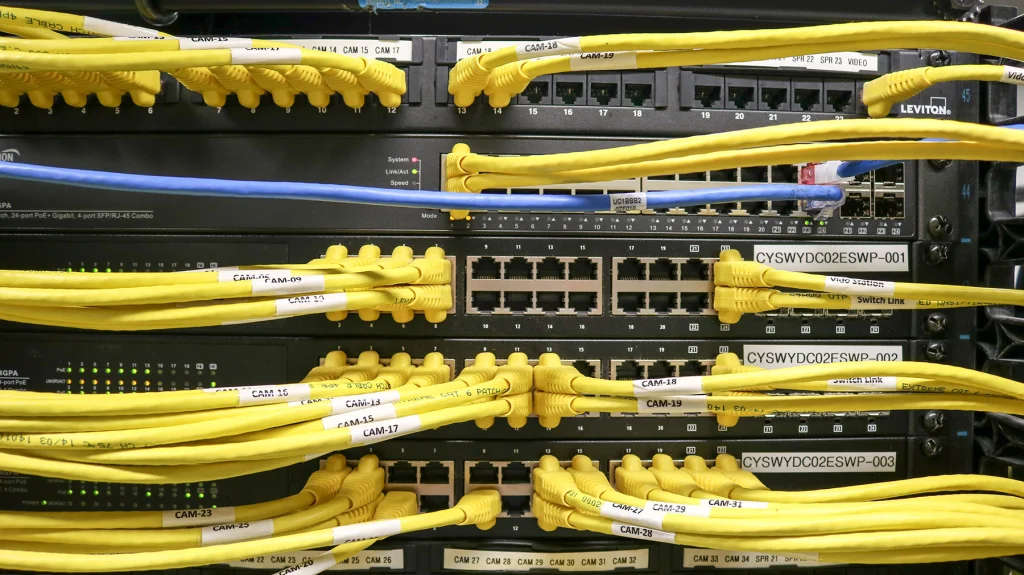
A metered power model, on the other hand, bills you according to how much power you really use. You only pay for the exact amount that you use, much like with a utility bill. If your power consumption is variable or less than the typical allotments in a flat rate model, this model might be more economical.
But it also adds an element of unpredictability to your monthly expenses, which complicates budgeting in the event of an unforeseen spike in your power consumption.
Your preference for cost stability over potential savings and your patterns of power usage will ultimately determine whether you choose metered power or a flat rate.
The Significance of Power Use Efficiency (PUE)
A metric called Power Use Effectiveness (PUE) is used to assess a data center’s energy efficiency. It is computed by taking the facility’s overall energy consumption and dividing it by the energy supplied to the computer hardware. The PUE benchmark is used to determine the efficiency of data centers.
A data center is considered more efficient if its PUE is near 1.0. Because of the requirement for cooling, distribution of power, and other non-IT functions, achieving a PUE of 1.0 is almost impossible. PUEs of 1.2 or lower are regarded as extremely efficient.
The cost of colocation can be significantly impacted by PUE. A data center that has a lower power usage efficiency (PUE) requires less energy for non-IT tasks like cooling. Lower power costs as a result of this decrease in power usage may be passed on to clients in the form of cheaper colocation rates.
In contrast, a data center with a higher PUE consumes more power for non-IT tasks and is therefore less energy-efficient. Higher power expenses may result from this increased power consumption, and customers may pay more for colocation as a result.
Cross-Connectivity and Bandwidth
Your need for speed and volume of data transfer will have a big impact on colocation costs. More data can be transferred concurrently with higher bandwidth, which is crucial for companies that need high-speed, low-latency connections or run data-intensive operations.
Bandwidth may be billed based on the total amount used (metered billing) or the highest speed available (unmetered billing), depending on the colocation provider’s pricing model.
1: Options for Bandwidth and Payment Processes
Colocation offers a variety of bandwidth options and billing options, such as burstable, metered power usage, flat rate, and 95th percentile billing.
With the 95th percentile billing method, a server can be billed for 95% of the month based on its average bandwidth usage; if it exceeds this average for the remaining 5% of the month, there are no extra fees.
Businesses can choose the best colo provider for their needs by being informed about the different bandwidth options and billing procedures. By selecting the appropriate bandwidth option and billing strategy, businesses can minimize their costs while maintaining dependable, high-performance connectivity.
The colocation solution depends on ensuring you have the internet connectivity you require. Different providers are integrated into every facility. To make sure the internet service provider you need is available, ask to see a list of providers.
2: Costs Associated with Cross-Connects
Customers can create dedicated, high-performance connectivity inside the data center with the help of cross-connects, also known as cross-connections. Usually, they are paid for individually for each port, and the price varies based on the kind of connection and data center provider.
Furthermore, a lot of colocation companies provide direct links to well-known public cloud providers like Microsoft Azure, Google Cloud, and Amazon. These connections may raise the total cost of the service even though they have the potential to offer many advantages.
3: Uptime and Redundancy
Businesses nowadays depend heavily on uptime, with many needing almost 100% availability. To guarantee optimal uptime, data centers employ redundancy in terms of power, cooling, and network connectivity. On the other hand, the total cost may go up with these features.
For example, data centers that offer power redundancy typically give their customers’ equipment two power feeds. The risk of downtime is reduced because two power sources ensure continuous operation in the event of one failing.
In 2021, the average cost of an IT outage was $5,600 per minute, according to Gartner. Businesses frequently find that the higher cost of redundant power feeds and other redundancy measures is a worthwhile investment given the high potential cost of downtime.
4: Internet Protocol (IP) addresses
Dedicated IP addresses play a significant role in colocation costs. When you collocate, in order to be able to access your server online, you usually need at least one IP address. While some providers charge extra for each address, others include a set number of addresses in their basic package.
The price may change based on IPv6 adoption and the scarcity of IPv4 addresses. It’s critical to consider the IP address requirements of your company as well as the provider’s pricing.
5: Observance and Safety
For many businesses, especially those in the healthcare, finance, and government sectors, data center security and regulatory compliance are essential. Biometric access controls, key card access, CCTV surveillance, and round-the-clock security guards are examples of enhanced physical security features.
Firewalls, intrusion detection/prevention systems, and DDoS defense are a few examples of cybersecurity measures.
Costs are also increased by adhering to compliance standards like ISO 27001 for information security management, PCI DSS for payment card information, and HIPAA for healthcare data. Don’t forget to factor in your compliance needs when assessing a colocation facility.
6: Location Geopolitical
Colocation pricing is significantly influenced by geographic location, mostly due to differences in power and real estate costs. Demand, local laws, and the sources of power generation in a given area all affect power costs.
Power costs are typically lower in areas with a lot of renewable energy, like the Pacific Northwest. This lowers data center operating costs, which in turn lowers colocation rates.
On the other hand, regions such as New England or California that experience high demand or strict regulations usually have higher power costs, which therefore drive-up colocation prices.
Power prices are additionally affected by local policies. While some areas may impose taxes on energy use, others may offer incentives for using energy-efficient technologies or renewable energy.
The climate also matters because data centers in colder climates need less cooling, which lowers costs and power consumption overall.
Colocation pricing is also heavily influenced by real estate expenses. High-priced real estate locations, like major cities like New York or Los Angeles, typically have higher colocation costs because the data center facility is more expensive.
Conversely, places like Columbus or Indianapolis, which have cheaper real estate expenses, may be able to provide colocation services at a more affordable price.
7: Local taxes
Colocation service prices can be greatly impacted by local taxes. Location-specific tax rates can have an impact on a number of service-related factors, most notably equipment cost and power consumption. For instance, in areas with high rates, sales tax can raise the total cost by several percentage points.
Nonetheless, sales tax exemptions for data center equipment are available in a few US states and cities, which results in significant savings. For example, exemptions from paying taxes on data center software and equipment are offered in Virginia and Minnesota, which helps to drive down colocation costs.
Quincy, Washington State, has also developed into a data center hub because of comparable exemptions and competitive power rates.
It’s essential to remember that these exemptions typically have restrictions, such as minimum investment requirements or requirements for the creation of jobs. Thus, when choosing a colocation provider, businesses need to take these tax implications into account in addition to other factors.
8: Major Cities vs. Smaller Markets for Colocation
Major cities are advantageous places to locate. First and foremost, because they have more internet exchange points, big cities frequently offer better connectivity.
Reduced latency and increased redundancy are the outcomes, which can be crucial for companies that rely on dependable, quick network connections.
Large cities also typically have more reliable cooling and power supply infrastructure. Additionally, if your company is situated in a major city or close to one, collocating nearby may be more convenient in terms of accessibility and close proximity to IT staff.
Colocation in large cities does have certain disadvantages though. Because of the increased cost of electricity and real estate, the price is probably higher. The increased demand for power and space in large cities can result in higher colocation costs.
Furthermore, some disruptions like power outages, extreme weather, or even security threats may be more common in larger cities.
Smaller markets, however, have their own special advantages. The biggest benefit is usually the one that saves money. Significant savings on colocation expenses can be achieved by lowering real estate prices and maybe the cost of electricity.
Smaller markets also provide greater space for growth, which is essential for expanding companies. Additionally, these areas have a lower likelihood of major power outages or natural disasters, indicating a more stable environment for data centers.
Smaller markets, however, might provide different infrastructure robustness, redundancy, or connectivity than larger cities. When physical access is necessary, it might also mean your IT staff has to travel a longer distance.
9: Contract Duration
Colocation pricing is additionally affected by the length of the contract. Like with many services, you can usually get better deals when you sign a longer-term contract with a data center provider. Longer contracts give the provider stability and let them spread out the cost over a longer time frame.
Long-term agreements, however, need to be carefully considered. Over time, changes may occur in the business needs, technology environment, and pricing structures.
A three- to five-year contract might have cheaper monthly costs, but it might also lock you into prices and services that won’t be as good or relevant in two years.
For example, improvements in server technology may result in lower power consumption, which could alter your needs for cooling and power and possibly lower your expenses.
Additionally, there is a risk factor related to the stability of the provider’s business. A long-term contract may make switching to a new provider more difficult if the current one experiences problems or decides to close.
Therefore, striking a balance between securing competitive rates and preserving adaptability in the face of shifting conditions requires careful consideration.
Managed Services and Technical Support
Increased managed and expert services can have a big effect on the price. These consist of hardware maintenance, monitoring services, and backup and recovery services. Certain providers include these services in their packages, while others charge extra for them as needed.
Services for backup and recovery are essential for disaster recovery and business continuity. Depending on the amount of data you need to back up and how quickly you need it recovered, the price of these services can vary significantly.
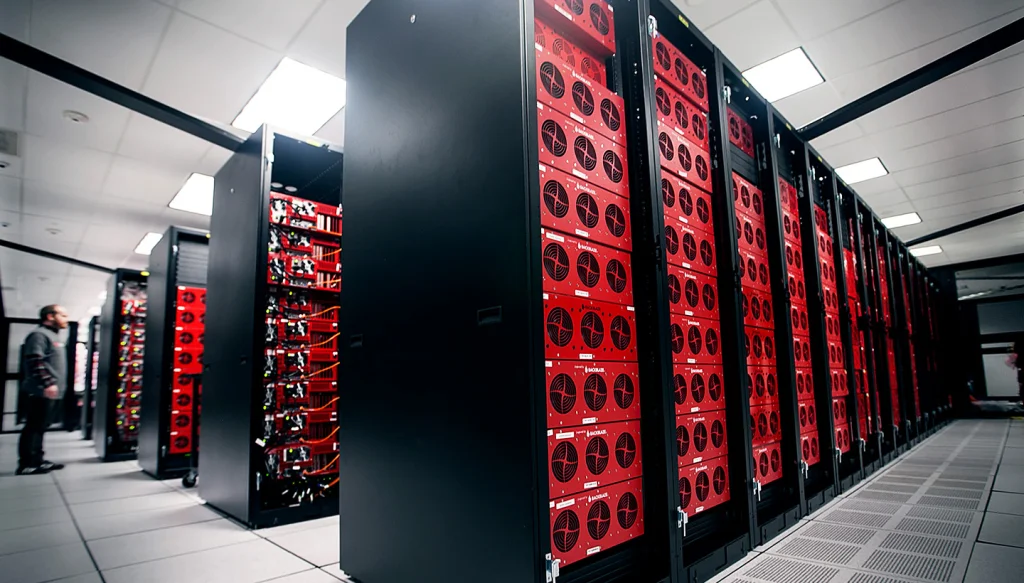
Monitoring services make sure your servers are operating at peak performance and notify you of possible problems before they get out of hand. The degree of monitoring necessary and the complexity of your IT environment determine how much these services will cost.
Remote help for hands Avoid sending your IT staff onsite to take care of your equipment. The data center technician will take care of any broken hardware or the need to install new hardware. Prices differ significantly amongst providers.
To obtain a full view of the total cost of ownership, it is important to account for any additional services you may need when evaluating colocation costs.
How much does collocating servers’ cost?
Server colocation starts at $79 per month for a single server and can cost up to $599 per month for a 42U rack, depending on the application.
As colocation pricing can vary depending on the number of units, data center location, power requirements, and bandwidth needed, we advise requesting an estimate to get an accurate price for your needs.
When generating a quote for colocation or managed colocation, the following factors will be considered: Cost of Colocation in the Data Center
1: Rack Space Units for Data Centres
The number of rack units required in one of our data centres is one of the key factors that affect colocation costs. The cost of colocation Cost of Colocation in Data Center space is often one of the higher costs on the invoice.
Servers kept in a data centre, in contrast to conventional desktop PCs, are built using a rack mountable casing. This makes it possible to host more computers in the data centre and optimizes the allocation of cooling and power.
In this image, a data centre room is filled with servers of various sizes. One unit, or “one unit”, servers make up the majority of the second rack from the left. Additional servers and switches in this rack are in the 2U and 4U sizes.
The average server is 1U or 2U in size, occupying one or two rack units. However, older or larger servers may be larger and require 4U. Because each server requires a different number of rack units. The cost of colocation server space will vary according on how many servers you want to host in the data centre.
Colocation is normally billed per rack. Which can be either a half-rack or a full-rack.
2: Power Prices
Another expense to take into account when comparing colocation rates is the amount of power that each server in one of our data centres needs. The number of power drops to the rack and the amount of amps needed for the cabinet are taken into account when calculating the monthly energy cost.
Current and projected power usage should be carefully taken into account when selecting a power setup. We provide popular electrical configurations including 20amp/120V and 30amp/230V, among others.
Various factors, including the electrical feeds being supplied to the cabinet, will affect the maximum watts that a rack can support. The wattage of a typical rack will range from 2-3 kW, depending on the installed equipment.
3: IP Address and Bandwidth
When creating a colo pricing quote, the amount of monthly network transfer needed from the internet service provider for all colocation servers and any required public IP addresses will be taken into account. Each rack-mounted server will typically receive two 1Gbps network connections, with the 95th percentile of monthly bandwidth usage charged in Mbps.
Cost of Colocation in Data Center, 95th percentile billing, often known as “burstable billing”, enables a server to be charged based on the typical bandwidth utilization for 95% of the month. The server may exceed the average without incurring any additional fees for the remaining 5% of the month.
4: Remotes Hands
Modern servers typically come with a KVM or IPMI console. Which enables remote system administrators to control power, monitor system activities, and restart the server.
There is an hourly fee for remote hands technicians to work on the server at the colocation data centre if there is any hardware malfunction or another reason why a technician needs to physically perform work on a server.
Cost of Colocation in Data Center, you can add monthly remote hands assistance to any of our colocation services.
Conclusion
It can be difficult to comprehend and evaluate colocation costs. This colocation pricing guide was created to help companies in navigating this complexity and guaranteeing they are making an informed choice.
When assessing colocation providers, it is crucial to take the entire cost of ownership into account rather than just the monthly charge.
The final cost depends on a number of factors, including staff interactions, geographical location, quality of the data center, power, bandwidth, redundancy, contract length, and even seemingly insignificant things like parking and travel expenses.
The ideal service provider will deliver excellent services, clearly explain any potential fees, and provide contracts that are flexible enough to accommodate your company’s changing needs.
Keep in mind that the best value may not always be represented by the lowest quote. Sifting through each quote and having an in-depth knowledge of all the factors is essential to selecting the best colocation provider for your business.
In order to ensure an effective relationship with your selected colocation provider, we hope that this guide will assist you in choosing options and negotiating a contract that meets your needs and financial constraints.
Why does colocation cost so much?
You can manage and keep an eye on everything from one location. The second factor that drives up the cost of colocation servers is connected to security concerns.
Colocation servers are more secure than dedicated servers. Colocation servers frequently employ extraordinary security.
What distinguishes colocation from a data centre?
A data centre is a specially constructed space created to store, power, cool, and link your IT infrastructure in an effective manner.
Hosting your IT equipment (such as servers) outside of your premises and in a data centre is known as colocation and is one of the numerous services that data centres offer.
What are the datacenter’s primary expenses?
A large data centre typically costs between $10 million and $25 million per year to run. Less than half of the budget goes on networking, continuous power supplies, disaster recovery, software, and hardware.
Another significant portion goes on ongoing infrastructure and application maintenance.
What advantages does colocation offer?
In addition, colocation offers:
Improved connectivity The completely redundant network connections in colocation data centres ensure that clients’ mission-critical applications always function without interruption.
Enhanced network safety.
Several power sources.
Ability to burst.
Growth potential
An action toward moving to the cloud.

